is it time to re-pot??
ElliotSwan
10 years ago
Related Stories
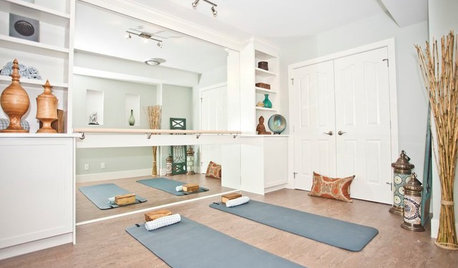
FUN HOUZZHouzz Quiz: How to Find Your ‘Me Time’ Place
Looking for the best place in your house to soothe away your stress? We’re here to help
Full Story
CONTAINER GARDENSContainer Garden Basics: How and When to Water Potted Plants
Confused about soil moisture, the best time to water and what watering device to use? This guide can help
Full Story
EDIBLE GARDENSWhy Grow Quince? For Beauty, Fragrance and Old-Time Flavor
Delightfully perfumed fruit and lovely spring blossoms make this apple and pear cousin worth a spot in the garden
Full Story
GARDENING GUIDES10 Easy Edibles for First-Time Gardeners
Focus on these beginner-friendly vegetables, herbs, beans and salad greens to start a home farm with little fuss
Full Story
FALL GARDENINGWhy Fall Is the Best Time for Planting
Spring is overrated for planting. Starting plants in autumn has advantages for both garden and gardener
Full Story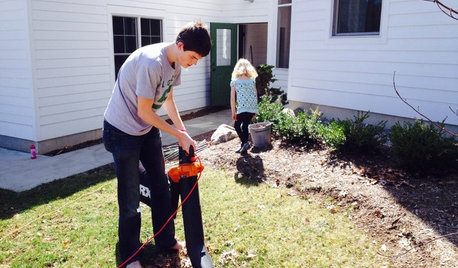
LIFEChore Time: How to Work Better as a Family
That’s not just a crumb-strewn counter or a yard scattered with leaves. It’s a valuable opportunity
Full Story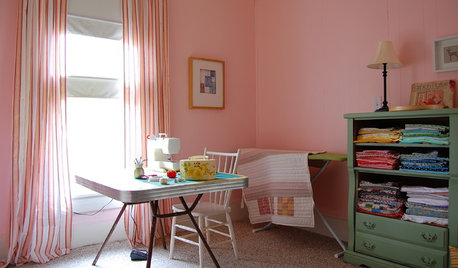
STUDIOS AND WORKSHOPSA Stitch in Time: Creative Sewing Spaces
Sewing rooms have become popular again as people of all ages embrace simple crafts they can do at home
Full Story
LANDSCAPE DESIGNIs It Time to Consider Fake Grass?
With more realistic-looking options than ever, synthetic turf can be a boon. Find the benefits and an installation how-to here
Full Story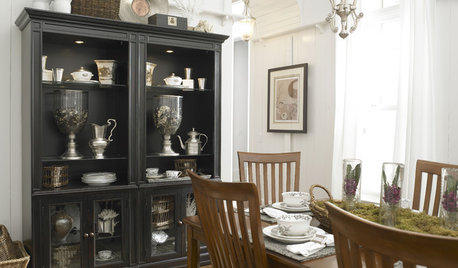
HOUSEKEEPINGHousekeeping 101: How to Clean Silver
Learn from a pro how to properly clean and care for your precious silverware
Full StoryMore Discussions







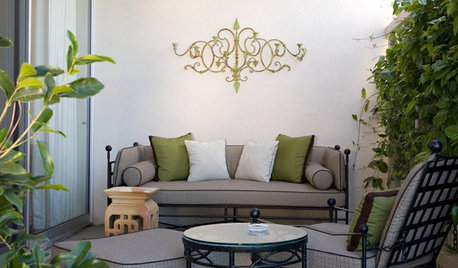
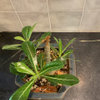

ElliotSwanOriginal Author
rcharles_gw (Canada)
Related Professionals
Tempe Landscape Architects & Landscape Designers · Havre de Grace Landscape Architects & Landscape Designers · South Elgin Landscape Architects & Landscape Designers · Paradise Landscape Architects & Landscape Designers · Brooklyn Center Landscape Architects & Landscape Designers · Apollo Beach Landscape Contractors · Byram Landscape Contractors · Del Aire Landscape Contractors · Fort Wayne Landscape Contractors · La Mirada Landscape Contractors · La Vista Landscape Contractors · Melrose Park Landscape Contractors · Wethersfield Landscape Contractors · Woodland Landscape Contractors · Crowley Landscape ContractorsElliotSwanOriginal Author
rcharles_gw (Canada)
tapla (mid-Michigan, USDA z5b-6a)